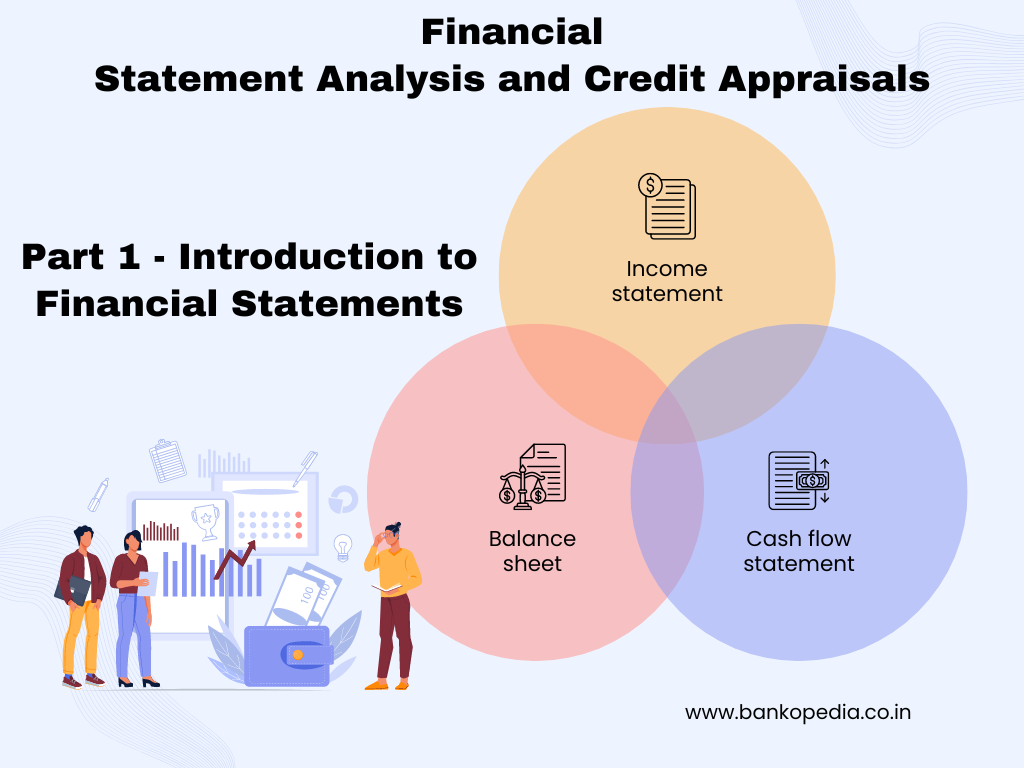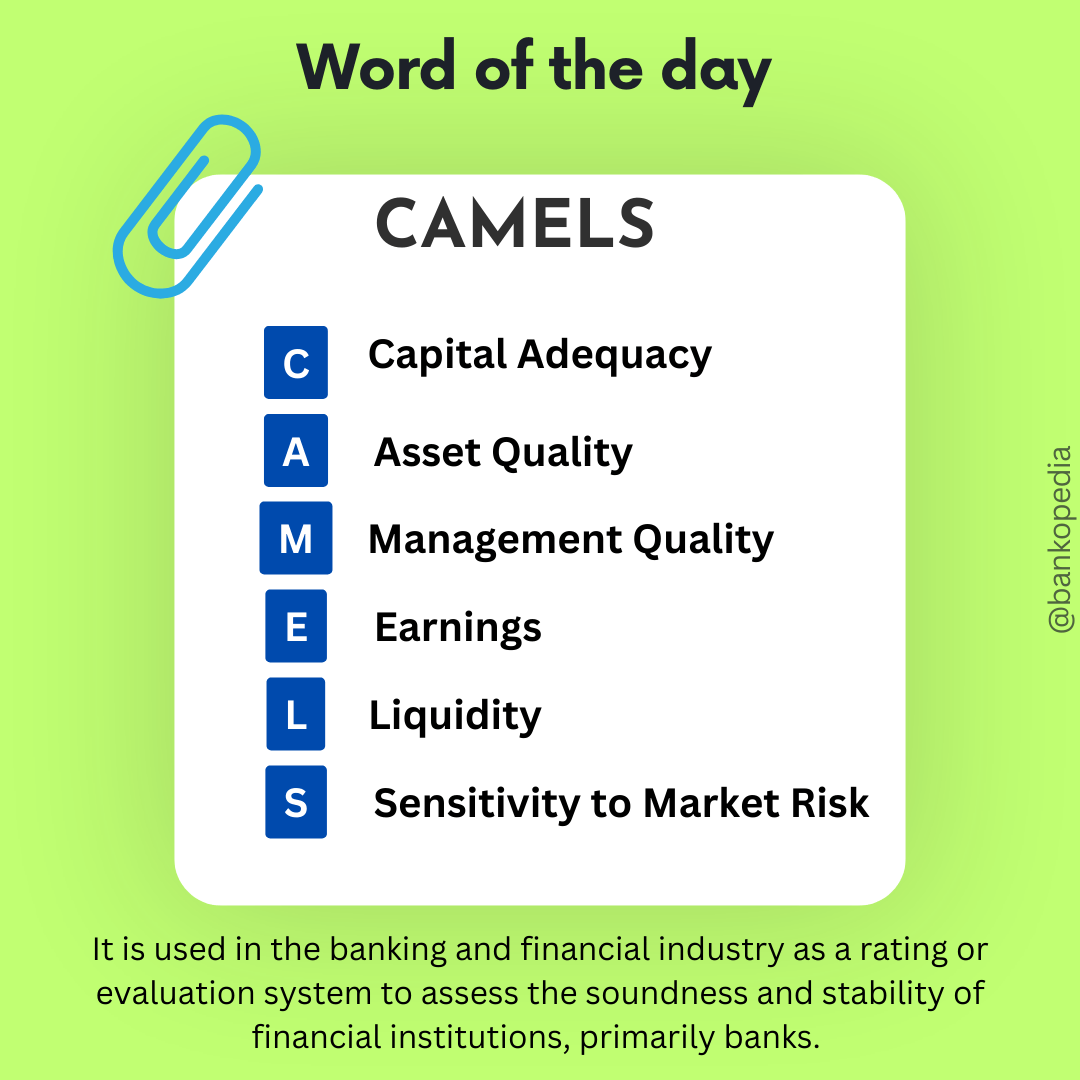Table of Contents
Daily Banking Digest – 19 February 2024
Welcome to Daily Banking Digest, your premier source for the latest news and insights on February 19, 2024, focusing on banking, the economy, and finance. Our platform offers a comprehensive overview of the day’s most critical financial stories, market trends, and economic developments. Whether you’re a professional in the financial sector, an investor monitoring market movement, or someone interested in staying informed about the economic landscape, Daily Banking Digest provides reliable, up-to-date information.
Join our Telegram Channel for Daily PDF in your Inbox – Click Here
Finance Ministry explores amendments in SARFAESI and DRT Acts for swift debt recovery.
The Indian Finance Ministry held a meeting with banks and debt recovery tribunals to discuss ways to make the debt recovery process faster and more efficient. They focused on potential legal changes and better use of existing mechanisms.

Key Points
- Amendments for Faster Recovery: The Finance Ministry is exploring further changes to the SARFAESI and DRT Acts to speed up the debt recovery process.
- Reducing Pendency: Debt recovery tribunals (DRTs and DRATs) will closely monitor cases to reduce the backlog of pending debt disputes.
- E-Auction Platform: Banks will use a new e-auction platform to list and sell properties as part of the debt recovery process under various laws.
- Advocate Review: Banks will regularly assess the performance of their lawyers at debt recovery tribunals, streamlining case assignments based on effectiveness.
- Officer Presence: Banks must ensure their representatives are present at every hearing related to their debt recovery cases.
Major rift among automobile makers over calculation of carbon credits under CAFE norms
Indian automakers are divided over how to calculate carbon credits under the country’s Corporate Average Fuel Efficiency (CAFE) regulations. Disagreements have prevented consensus on issues such as banking unused carbon credits and determining whether penalties for exceeding emissions limits should be imposed by central or state governments.
Key Points
- Split Among Automakers: Tata Motors, Mahindra & Mahindra, Hyundai, and Kia want to carry forward unused carbon credits from previous years; Maruti Suzuki and Toyota oppose this.
- CAFE Regulations: CAFE regulations aim to reduce carbon dioxide emissions from vehicles, with increasingly stringent targets over time.
- Need for Clarity: Automakers want the system for CAFE penalties to align with a possible future carbon credits mechanism. They also seek clarity on whether penalties should come from central or state authorities.
- Industry Discussions: The industry discussed ways to make the carbon credit calculation process more flexible, possibly including provisions for ‘banking’ credits like some other systems.
- No Resolution: The initial meeting failed to resolve the differences among automakers regarding credit carryover and other open issues. Further discussions are planned for mid-April.
- India’s Sustainability Goals: The carbon credit issue plays into India’s broader goals of achieving net-zero emissions by 2070 and increased reliance on renewable energy sources.
Deep dive: Are states right in feeling cheated of their share in Union taxes?
The formula India uses to share central tax revenues with states is becoming increasingly inequitable. Southern states, like Karnataka and Tamil Nadu, complain the system rewards states for poor fiscal management and unchecked population growth rather than economic performance.

Key Points:
- Changing Formula: The weights used to determine states’ share of divisible tax revenue have shifted over time, with increasing emphasis on population and land area.
- Southern States’ Decline: This change has caused Karnataka, Kerala, Tamil Nadu, and Andhra Pradesh to see their share of central tax revenues decrease significantly.
- Populous States Benefit: The current formula disproportionately benefits large, populous states like Uttar Pradesh and Bihar, in terms of the amount of tax revenue they receive back from the central government.
- Call for Reform: Many, especially in the southern states, feel the revenue-sharing formula needs urgent reform, with consideration for factors like income levels and fiscal performance to create a more equitable system.
RoDTEP: Centre evaluating feasibility of export benefits to SEZ, EOUs.
The Indian government is considering extending the Remission of Duties and Taxes on Exported Products (RoDTEP) scheme to include units located in special economic zones (SEZs) and export-oriented units (EOUs). However, the main obstacle is the financial impact of such an extension.

Key Points
- Industry Demand: Exporters in SEZs and EOUs have been asking for inclusion in the RoDTEP export benefits scheme.
- Financial Considerations: The main reason for not initially including SEZs and EOUs in RoDTEP was a lack of funds. Officials are evaluating if it’s financially feasible to expand the program.
- Phased Approach Suggested: It’s proposed to include EOUs first, possibly followed by SEZs, due to technical implementation differences.
- Budget Constraints: Covering exports from EOUs alone could require an additional ₹600-700 crore, impacting the overall budget for the RoDTEP scheme.
- Decision Pending: The DGFT is evaluating the proposal’s feasibility. If deemed possible, it will be forwarded to the Commerce and Industry Minister for a final decision.
PSU consortium open to roping in partners for coal gasification projects.
A group of state-owned companies, including Coal India Ltd, is exploring plans for coal gasification projects to tap this alternative energy source. The focus will be on surface coal gasification, and various business models, including Engineering, Procurement, and Construction (EPC) contracts, are being considered.
Key Points
- Consortium Approach: Coal India and other public sector companies will collaborate on coal gasification projects.
- EPC Model: An EPC contracting model will be used, with details under development.
- Focus on Surface Gasification: Projects will prioritize surface coal gasification, which uses existing mines and avoids potential conflicts with the Ministry of Petroleum & Natural Gas.
- Government Support: The government has schemes and financial incentives for coal gasification projects, including support for both public and private sectors.
- Equity Investments: The government supports equity investments in key projects such as coal-to-Synthetic Natural Gas (SNG) and coal-to-ammonium nitrate initiatives.
India’s power consumption grows 7.5% in Apr-Jan this fiscal.
India’s power consumption has significantly increased in the current fiscal year, reflecting a boost in economic activity. This growth is expected to continue due to ongoing economic improvements and weather conditions.
Key Points
- Growth in Power Consumption: India’s power consumption rose by 7.5% in the April-January period of the current fiscal year compared to the same period last year.
- Economic Indicator: Experts view the increased power consumption as a clear sign of a recovering economy.
- Seasonal Factors: Humid weather and festive seasons contributed to higher consumption at times, and recent cold weather also drove usage.
- Steady Growth Expected: Analysts predict continuing growth in power consumption and demand throughout the fiscal year.
- Peak Demand: Peak power demand met (the highest supply in a day) also increased in January 2024.
NaBFID takes derivatives cover for over Rs 10K cr to hedge rate risk.
The National Bank for Financing Infrastructure and Development (NaBFID) has taken steps to protect itself against interest rate changes by using hedging derivatives. This is crucial due to the nature of their long-term fixed-rate liabilities and potential uncertainty from loan resets.

Key Points
- Derivatives for Hedging: NaBFID has used over Rs 10,000 crore in derivatives to manage interest rate risks.
- Interest Rate Outlook: NaBFID’s MD believes interest rates have peaked and could drop by up to 1% in two years.
- Capital and Lending: The Indian government provided Rs 20,000 crore in capital and a Rs 5,000 crore grant to NaBFID, which helps lower lending rates.
- Operations Update: In its first full year, NaBFID disbursed over Rs 21,000 crore in loans and sanctioned close to Rs 65,000 crore for infrastructure projects.
India needs to grow at 9-10% for 3 decades to be $35 trn economy: Kant
Former NITI Aayog CEO Amitabh Kant emphasizes that India needs to maintain substantial economic growth over the next several decades to become a $35 trillion economy by 2047. He highlights the importance of innovation and disruption to achieve this goal.
Key Points
- Ambitious Growth Target: India aims to be a $35 trillion economy by 2047, becoming the second-largest globally.
- Required Growth Rate: This goal requires India to sustain 9-10% annual growth for approximately three decades.
- Innovation is Key: Constant innovation and disruption are essential to drive this sustained growth.
- Digital Leap: India has made significant technological advancements, exemplified by creating digital identities for 1.4 billion citizens.
- Opportunities for Young Entrepreneurs: Policy changes support startups, and young entrepreneurs should focus on areas like AI, logistics, health, and education due to India’s young population and need for skilled workers.
Stringent radiation norms impacting 5G rollouts, telcos tell TRAI.
Indian mobile operators are struggling to monetize their substantial investments in 5G networks due to a lack of compelling use cases. They are urging the telecom regulator (TRAI) to address regulatory hurdles, including strict radiation norms, that hinder wider 5G rollout and adoption.
Key Points
- Investment vs. Return: Operators have invested over ₹1 lakh crore in 5G infrastructure but face challenges in recovering those costs due to a lack of established use cases for 5G technology.
- Radiation Norms: India’s radiation limits are 10 times stricter than global standards. Operators argue this impacts network quality and consumer experience.
- Airport Restrictions: Telcos are also seeking changes to DGCA (aviation authority) regulations that restrict 5G deployment near airports.
- Global Challenge: The difficulty in monetizing 5G investments is a worldwide issue for telecom providers.
Canada has changed the rules of its post-graduation work permit for international students.
Canada has changed its Post-Graduation Work Permit (PGWP) program, with both positive and negative implications for international students. The PGWP allows foreign graduates to work in Canada after finishing their studies.

Key Points
- Longer PGWP for Master’s Graduates: International students who complete a master’s degree, even if it’s under two years long, are now eligible for a 3-year PGWP.
- Restriction on Curriculum Licensing Programs: Starting September 1, 2024, graduates of programs under curriculum licensing agreements won’t be eligible for a PGWP at all.
- Extension of Distance Learning Measures: Special measures related to distance learning and PGWP validity have been extended until August 31, 2024.
- Eligibility Requirements: To be eligible for a PGWP, the student must graduate from a designated learning institution (DLI). Check the DLI list to see if your school qualifies.
Cos take price-cut route to get more electric two-wheelers on road.
Price cuts on electric scooters from companies like Ola Electric, Ather Energy, and Bajaj Auto are narrowing the price gap with traditional petrol-powered scooters. This affordability could significantly accelerate the adoption of electric two-wheelers in India.

Key Points
- Price Parity: Ola Electric’s price cut on its entry-level model brings it in line with the cost of the popular Honda Activa petrol scooter.
- Industry Response: Multiple electric scooter makers are now offering more affordable models or reducing prices.
- Benefits of Affordability: Increased affordability, along with government support for charging infrastructure, is expected to fuel a surge in electric two-wheeler sales.
- Changing Market Dynamics: While electric two-wheelers remain a small portion of the market, established brands like TVS and Bajaj are gaining market share with their electric offerings.
Religare Finvest case: Rs 400 crore diverted to Hong Kong via ICDs.
The Enforcement Directorate (ED) is investigating the alleged diversion of substantial funds from Religare Finvest Ltd (RFL). Former Fortis promoters, Malvinder and Shivinder Singh, stand accused of embezzlement and money laundering.

Key Points
- Hong Kong Diversion: ₹400 crore was allegedly sent to Hong Kong using shell companies and inter-corporate deposits.
- Lakshmi Vilas Bank Link: ₹750 crore was allegedly misdirected to Lakshmi Vilas Bank, with bank officials suspected of collusion.
- Expanding Investigation: The ED is scrutinizing several other entities potentially involved in the fund diversion scheme.
- Essel Group Connection: The ED raided Essel Group premises, alleging ties to the diverted funds. Essel Group denies wrongdoing.
- International Probe: Information is being sought from Jersey, a tax haven, regarding diverted funds.
- M3M Link: M3M India Holdings, a real estate developer, was also raided by the ED, indicating potential involvement in the scheme.
- Charges and Denials: The Singh brothers face money laundering charges under the PMLA (Prevention of Money Laundering Act) but maintain their innocence.
Competitors Google Pay, PhonePe and BHIM go all out for Paytm user base.
Following RBI restrictions on Paytm Payments Bank, competitors like Google Pay, PhonePe, and major banks are aggressively seeking to win over merchants who relied on Paytm’s services. Merchants face uncertainty and potential disruptions, while RBI’s recent FAQs offer some clarity.

Key Points
- Merchant Exodus: An estimated 25% of Paytm’s merchant base is switching to rival platforms due to the crisis.
- Aggressive Competition: Competitors are deploying large salesforces to attract merchants with their own QR codes, point-of-sale (PoS) machines, and services.
- Confusion and Clarity: Merchants faced initial confusion, but RBI’s FAQs have provided some guidance.
- Merchants’ Dilemma: Those heavily reliant on Paytm’s systems face cumbersome transitions to new payment providers and will need to update their devices.
- Opportunity for Rivals: The situation presents a significant chance for Paytm’s competitors to increase their market share.











